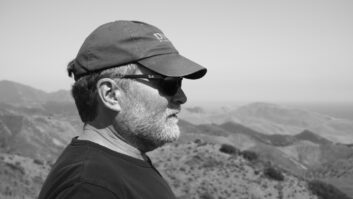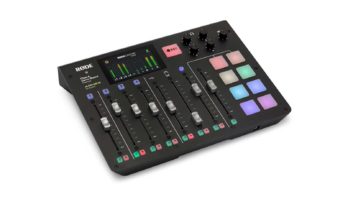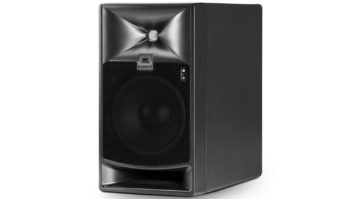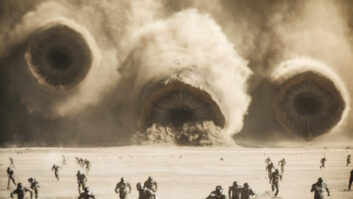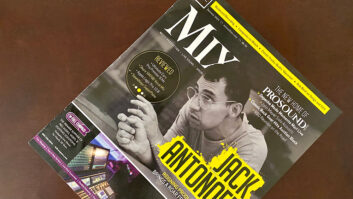
Long Island is a big place. Located just east of New York City, it’s 118 miles long and home to 3 million people—heck, 7.6 million people if you go strictly by geography and include Brooklyn and Queens. That’s a third of New York State’s entire population, and it’s also a number that includes myself. I first moved to the island for college, having grown up north of the city in Sleepy Hollow, and it didn’t take long to notice—maybe a few hours—that everywhere I went, everyone talked about one person: Billy Joel. That made perfect sense to me, as he was a living legend, whereas up in Sleepy Hollow, all our legends were dead. What I discovered, however, was that while he may be from Hicksville, Joel is unquestionably the hometown hero of all 3 million residents. It’s his island; we’re just living on it.
People here love Billy Joel songs that namecheck places nearby, and everybody everywhere enjoys a “local kid makes good” story; Joel’s just happens to be about how a regular guy became a global superstar who sold 160 million records (Spoiler: That means he’s a genius, not just a regular guy). But the man’s omnipresence here runs deeper than that; he is part of not only the region’s history but people’s personal histories as well.
That’s something that was driven home to me a few years ago when, as an expert on utterly useless trivia, I was asked by a local library to give a talk about the Island’s rock n’ roll landmarks. I should have called the lecture “It’s No Longer There” because I must have said that a few dozen times. I shared where Kiss played their first gig in makeup (The Daisy in Amityville; it’s no longer there) and where the Stray Cats shot their first album cover (Wantagh Auto Rebuilders; it’s no longer there), but the only part anyone cared about was the section on Billy Joel. For instance, despite local legend, the namesake eatery in “Scenes from an Italian Restaurant” was not Christiano’s in Syosset (it’s no longer there) but in fact Fontana Di Trevi in Manhattan, across the street from Carnegie Hall (and yes, it’s no longer there).
After the lecture, everyone in the audience had a story to share about Joel: His first band, The Hassles, played their prom. They’d stood in line behind him at a deli. They’d met him at his motorcycle shop in Oyster Bay and talked bikes. Perhaps inevitably, people in the crowd became instant friends as they left the library still chatting, bonding over their shared experiences and the albums they loved.
They were connecting over songs that, ultimately, are about connecting— or not—with other people. You don’t need to have graduated high school in 1975 to understand the doomed romance of Brenda and Eddie from “Italian Restaurant”—we’ve all known people like them (perhaps we were them).
That song, and much of Joel’s best work, finds him stepping back, sifting through the detritus of life, interpreting and then sharing what he found, ruminating on universal experiences from a place of insight. You hear it in his furious songs, railing against the status quo in “Movin’ Out” and “Big Shot,” and even in lighter fare, serving up simple advice in “Tell Her About It” (which, incidentally, is a masterclass in supporting songwriting with production, every element ticking along with the precision of a Swiss watch; give it a close listen if you haven’t heard it recently).
While Joel wrote his songs himself, collaboration seems to have always played a crucial role in creating much of his best-known work. “Only The Good Die Young” from The Stranger started out as a reggae number until drummer Liberty DeVitto reportedly threw his sticks at him, demanding a regular rock n’ roll beat. Elsewhere on the same album, Joel’s breakthrough hit, “Just the Way You Are,” began as a sleep-inducing cha-cha until producer Phil Ramone suggested they try it as a “backwards samba.” Joel and Ramone ultimately crafted seven multi-platinum albums together in less than 10 years—a track record that says everything about the value of connection and collaboration. Even when Joel moved on to work with other producers, it was with pros like Danny Kortchmar and Foreigner’s Mick Jones—people who had written hits themselves and knew how to get creative with others.
Joel retired from songwriting in 1993, and in the decades since, the music industry has changed radically. The big studios largely went away, while the number of producers, engineers and writers on any given track exploded. Recording and music distribution methods transformed, as did the ways we determine what constitutes a hit.
What hasn’t changed is our need to connect with each other. We still write about it, sing about it, moan about it, and our digital world often makes it seem both easier and harder to do than ever before. In the midst of that, Joel is back with his first true single in decades, “Turn the Lights Back On”—a co-written song about reconnecting, sung once again with a gravity informed by experience. The hit never would have happened except that, as our cover story shares, Joel and co-writer/producer Freddy Wexler somehow met through the slimmest of connections—and not via email or over Zoom, but in person. The last 30 years have given us a million ways to stay in touch, but connecting IRL—in real life—remains the most crucial, because IRL will always be where life really happens.
